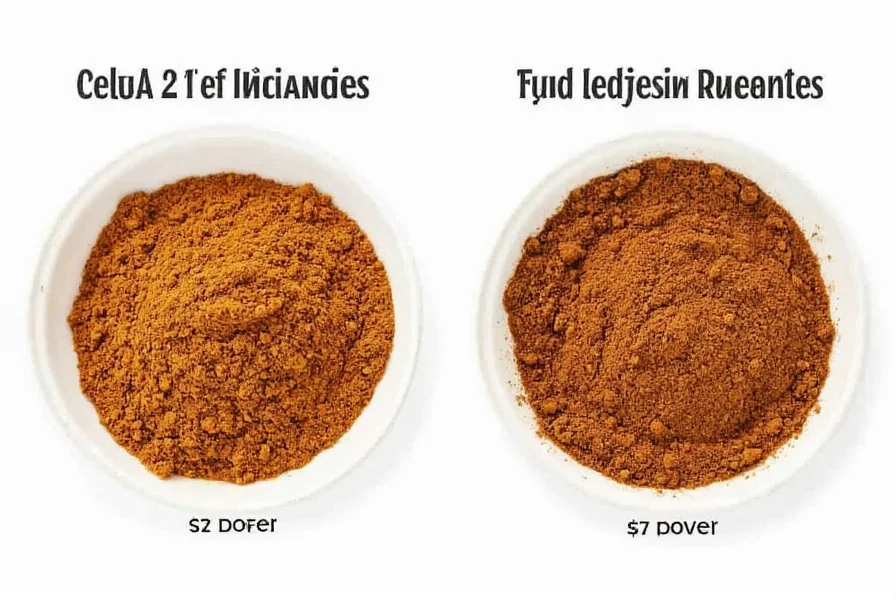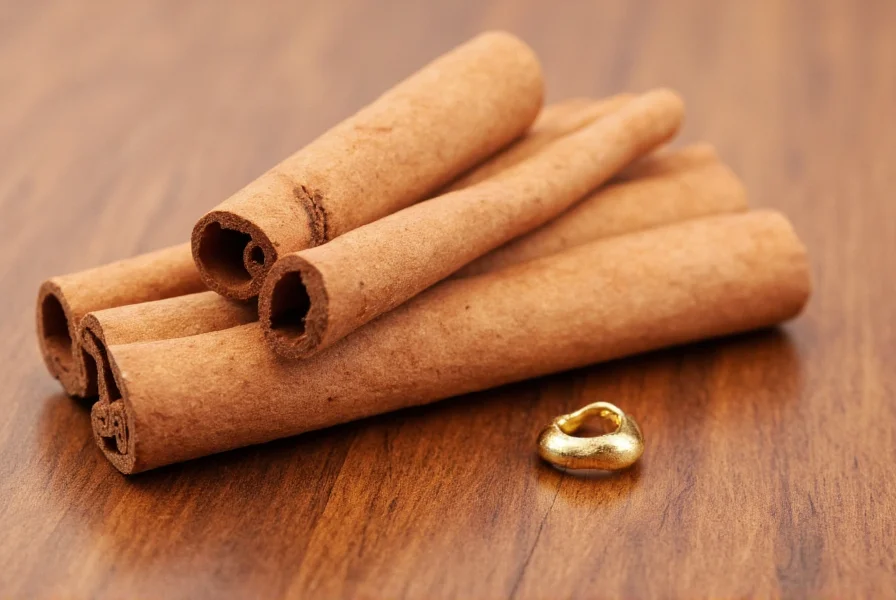When exploring what is the best cinnamon for your kitchen or health regimen, understanding the critical differences between varieties is essential. Many consumers don't realize that the common 'cinnamon' found in most grocery stores is actually Cassia, not the more delicate Ceylon variety. This distinction matters significantly for both flavor profiles and health considerations, particularly regarding coumarin content—a compound that can cause liver damage in high doses.
Understanding Cinnamon Varieties: Beyond the Basic Label
The term 'cinnamon' encompasses several related but distinct species, each with unique characteristics. The confusion begins at the source: most Americans have only ever encountered Cassia cinnamon, often mislabeled simply as 'cinnamon' without specification. True cinnamon connoisseurs recognize that the difference between Ceylon and Cassia cinnamon extends far beyond packaging.
| Cinnamon Type | Origin | Coumarin Content | Flavor Profile | Best Uses |
|---|---|---|---|---|
| Ceylon (True Cinnamon) | Sri Lanka | Very Low (0.017g/kg) | Delicate, sweet, citrus notes | Daily consumption, beverages, delicate desserts |
| Cassia (Chinese Cinnamon) | China | High (2.1-6.6g/kg) | Strong, spicy, pungent | Baking, robust recipes, occasional use |
| Saigon (Vietnamese) | Vietnam | Very High (6.97g/kg) | Intense, sweet-spicy | Specialty baking, small quantities |
| Korintje | Indonesia | Moderate-High | Milder Cassia | Everyday baking, commercial products |
The Health Implications: Why Ceylon Reigns Supreme for Daily Use
When evaluating which cinnamon has less coumarin, Ceylon consistently emerges as the safer option for regular consumption. Coumarin, naturally present in higher concentrations in Cassia varieties, can cause liver toxicity when consumed in significant amounts over time. The European Food Safety Authority recommends a maximum daily intake of 0.1 mg coumarin per kilogram of body weight.
For a 150-pound adult, this translates to approximately:
• Ceylon cinnamon: Safe to consume up to 10+ teaspoons daily
• Cassia cinnamon: Limited to about 1 teaspoon daily
• Saigon cinnamon: Restricted to less than ½ teaspoon daily

Flavor Profiles and Culinary Applications
Understanding the best cinnamon for baking recipes requires recognizing how each variety performs in different culinary contexts. While Ceylon offers health advantages, its delicate flavor often gets lost in robust baked goods where Cassia's stronger profile shines.
Ceylon cinnamon excels in:
• Beverages (chai, hot chocolate, coffee)
• Light desserts (custards, panna cotta, fruit compotes)
• Mediterranean and Middle Eastern dishes
• Daily supplementation for health benefits
Cassia cinnamon works best for:
• Classic American baked goods (cinnamon rolls, apple pie)
• Spice-heavy recipes where intensity is desired
• Commercial food production (due to lower cost)
• Occasional use where health concerns are minimal
Identifying Quality Cinnamon: What to Look For
Learning how to identify real Ceylon cinnamon prevents you from paying premium prices for mislabeled products. Authentic Ceylon displays distinctive characteristics:
- Physical structure: Multiple thin, papery layers forming a delicate quill (like a cigar), rather than Cassia's single thick, hard bark layer
- Color: Lighter tan-brown compared to Cassia's dark reddish-brown
- Texture: Brittle and easily crumbles when broken, unlike Cassia's hard, difficult-to-break sticks
- Aroma: Subtle, sweet fragrance with citrus notes rather than Cassia's intense, spicy punch
When purchasing ground cinnamon, look for specific labeling that identifies the species. Reputable suppliers will specify 'Ceylon' or 'Cinnamomum verum' rather than simply 'cinnamon.' Consider buying whole sticks and grinding them yourself for maximum freshness and to verify authenticity.

Practical Buying Guide: Selecting Based on Your Needs
Determining the safest cinnamon to consume daily depends on your intended usage pattern. Consider these guidelines when making your selection:
For daily health supplementation: Choose Ceylon exclusively. Its minimal coumarin content allows for regular consumption without health concerns. Look for organic, ethically sourced options from Sri Lanka.
For occasional baking: Cassia provides the familiar, robust flavor most associate with traditional cinnamon recipes. Its higher coumarin content isn't concerning when used sparingly in baked goods.
For specialty culinary applications: Saigon cinnamon delivers intense flavor for recipes where cinnamon should dominate, but use it sparingly due to extremely high coumarin levels.
Price typically reflects these differences, with Ceylon costing 3-5 times more than Cassia due to more labor-intensive harvesting methods. This price difference represents a meaningful quality distinction rather than mere marketing.
Storage Recommendations for Maximum Freshness
Proper storage preserves cinnamon's volatile oils and extends shelf life. Store both whole and ground cinnamon in airtight containers away from light, heat, and moisture. Whole sticks maintain freshness for 2-3 years, while ground cinnamon remains optimal for 6-12 months. For longest preservation, consider refrigerating or freezing cinnamon in moisture-proof containers.
Frequently Asked Questions
Is Ceylon cinnamon worth the higher price?
Ceylon cinnamon justifies its higher cost for regular consumption due to significantly lower coumarin content, making it safer for daily use. While Cassia provides stronger flavor at lower cost, Ceylon's delicate profile and health advantages make it worth the investment for those using cinnamon regularly for health benefits or in beverages where its subtle flavor shines.
Can I substitute Ceylon for Cassia in recipes?
You can substitute Ceylon for Cassia, but you'll need to adjust quantities as Ceylon has a more delicate flavor. Use approximately 1.5 times more Ceylon to achieve similar flavor intensity. In recipes calling for 1 teaspoon of Cassia, start with 1.5 teaspoons of Ceylon and adjust to taste. For health-focused applications where coumarin is a concern, this substitution becomes essential despite flavor differences.
How much cinnamon can I safely consume daily?
Safe daily consumption depends on cinnamon type: Ceylon allows for 1-2 teaspoons daily with minimal health concerns, while Cassia should be limited to 1/2 to 1 teaspoon maximum. For Saigon cinnamon, restrict intake to 1/4 teaspoon or less daily due to extremely high coumarin content. Those with liver conditions should consult a healthcare provider before regular cinnamon consumption.
Does cinnamon type affect blood sugar benefits?
Research suggests both Ceylon and Cassia cinnamon offer blood sugar regulation benefits, though Cassia has been more extensively studied for this purpose. The active compounds responsible for potential blood sugar effects (like cinnamaldehyde) exist in both varieties. For regular use targeting blood sugar management, Ceylon provides these potential benefits with significantly lower health risks due to minimal coumarin content.











 浙公网安备
33010002000092号
浙公网安备
33010002000092号 浙B2-20120091-4
浙B2-20120091-4